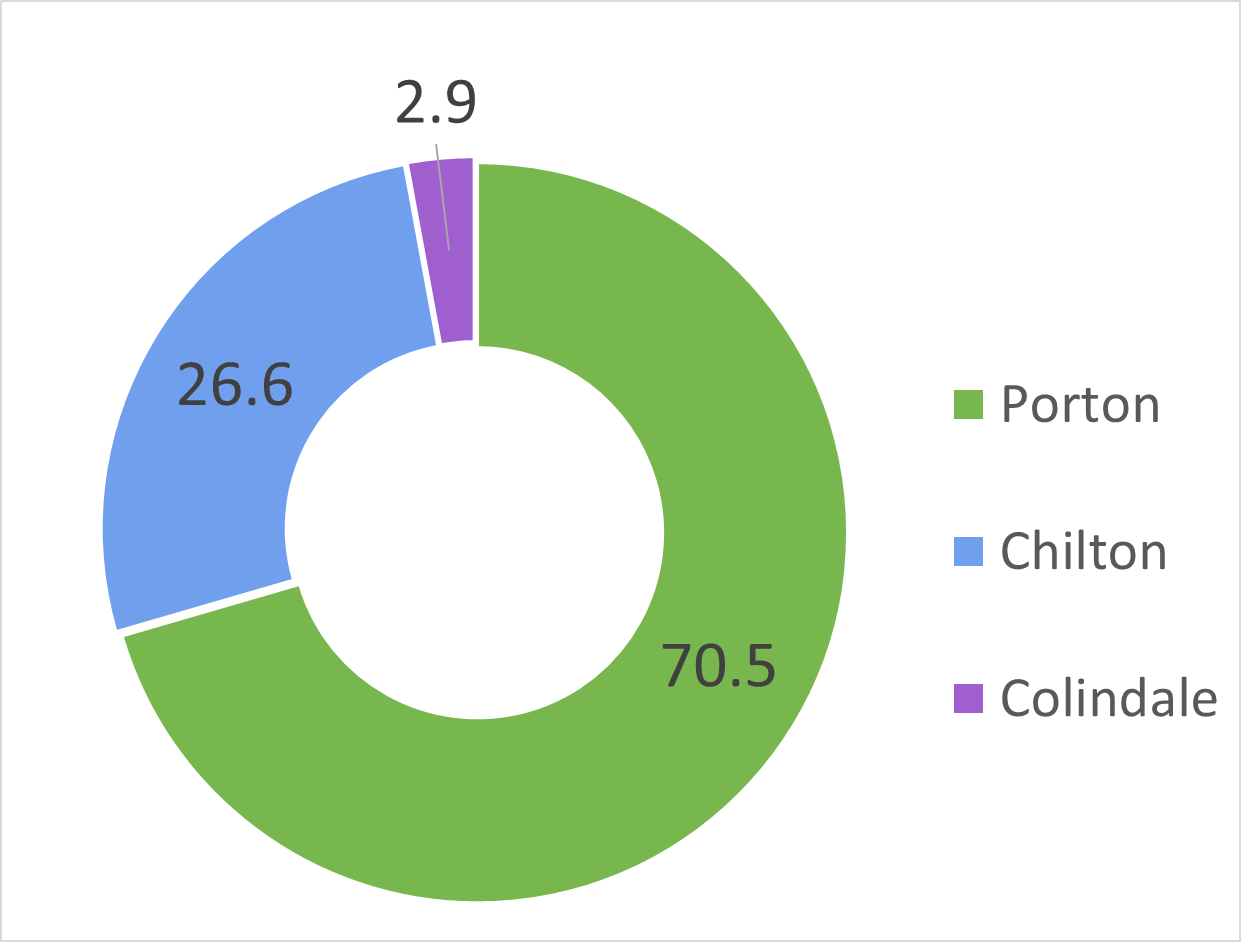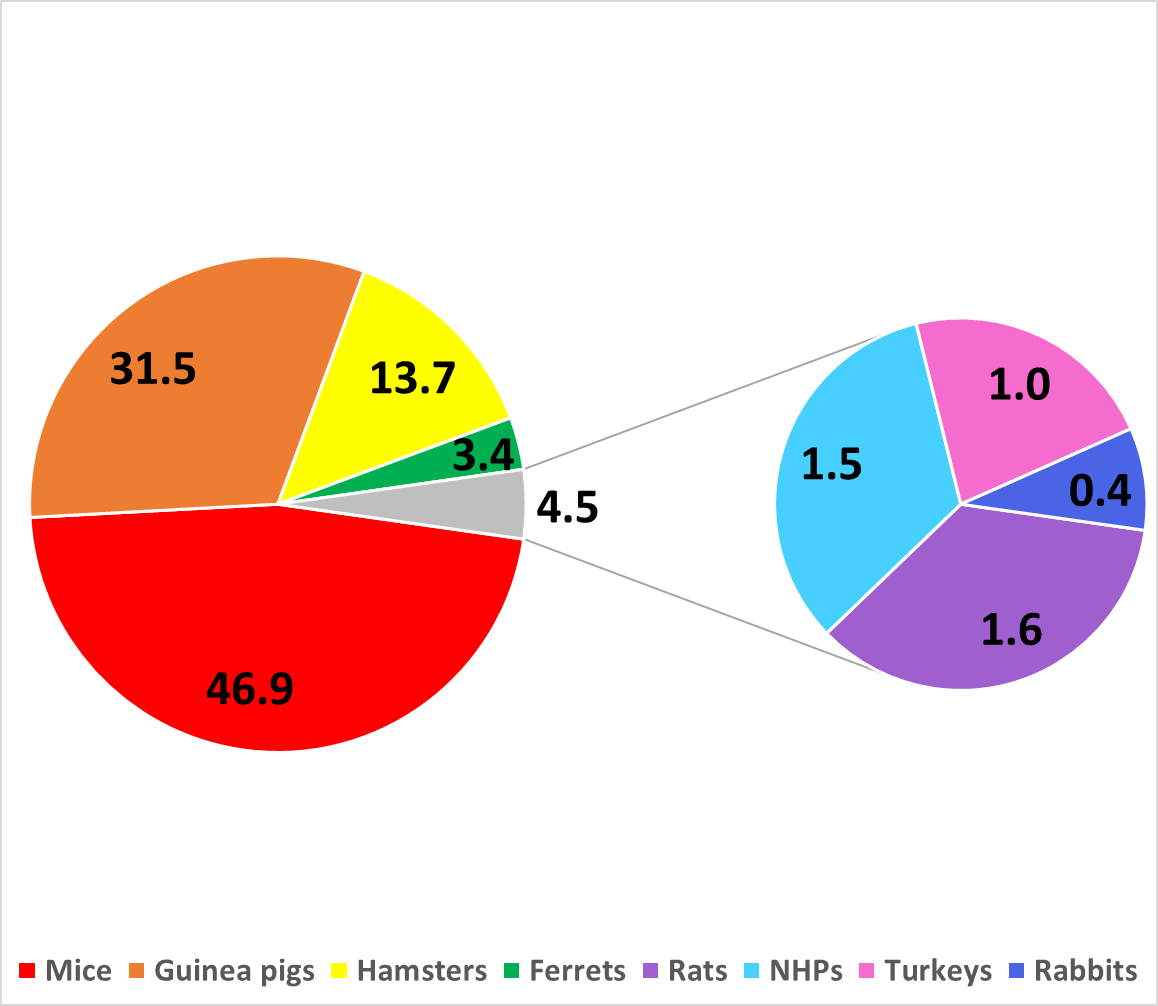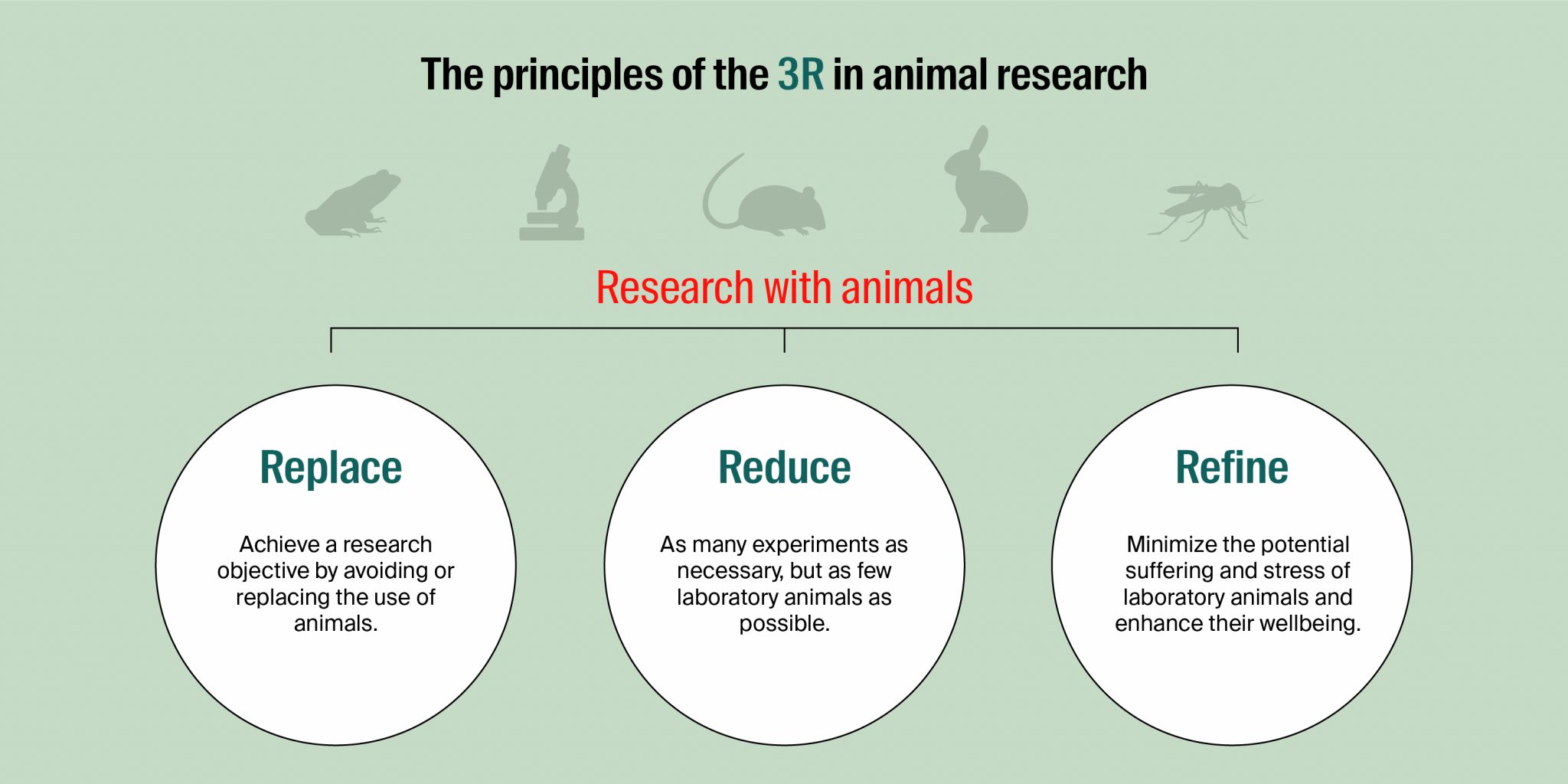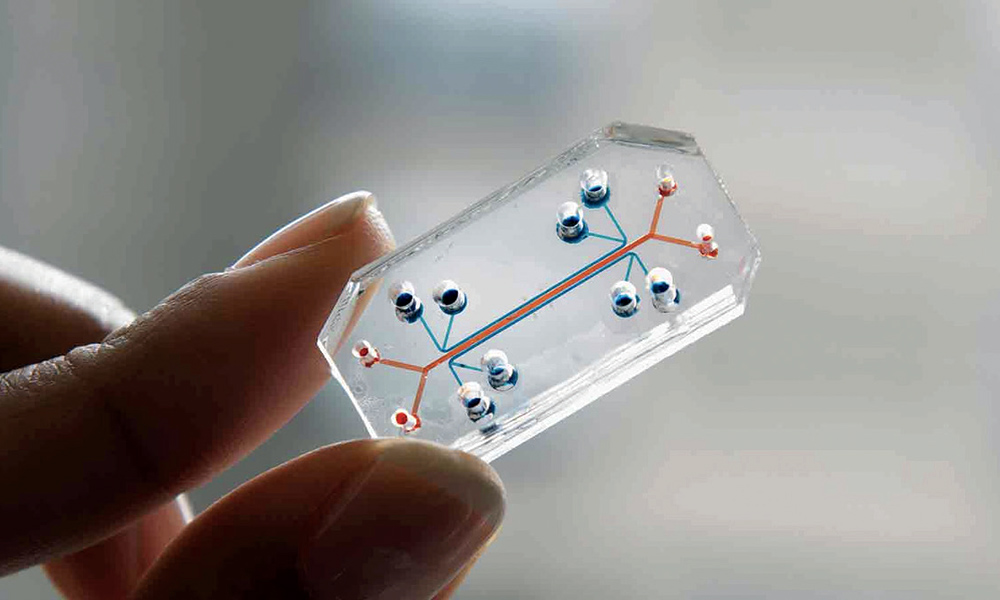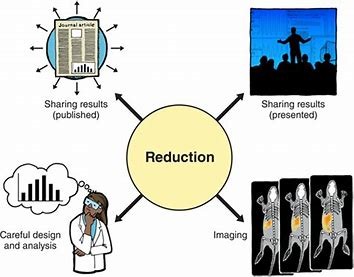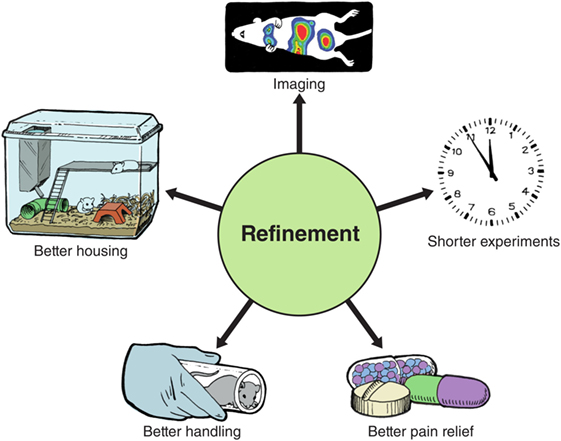Animal Research at UKHSA
The UK continually faces a wide range of health security threats. The mission of the UK Health Security Agency (UKHSA) is to protect our communities from infectious diseases and the impact of chemical, radiological and other environmental health hazards. Scientific research is fundamental to achieving these goals. Currently, some of this research requires the use of animals to model the complexities of the human immune system and other important physiological functions to investigate how we respond to infections and other challenges to our wellbeing.
Why Animal Research is Important
Animal research plays an essential role in understanding how infectious, radiological, chemical and other environmental agents impact human health (Fig 1). The biological similarities between humans and other species means that they can, on some occasions, be the only effective model for research where responses to agents are too complex to be modelled in any other way. Alongside other evolving technologies such as tissue and organ culture, the animal work conducted at UKHSA provides an essential capability for health security as well as opportunities for scientific advancement in collaboration with international funders.
More specifically, animals are used within UKHSA research to:
- improve methods of diagnosis and to identify the severity of new and emerging pathogen
- support the development of vaccine therapies for the main public health threats and emerging or re-emerging diseases
- characterise the effects of radiation on specific cancers and cardiovascular disease
- identify the potential toxicity of air pollutants and chemicals
- inform policies, interventions and messaging campaigns to better protect human health
- improve management of casualties in acute radiation, chemical and other environmental incidents
Further details of animal studies conducted by UKHSA sites can be viewed here.


UK regulations on research using animals
Use of animals for research in the UK is governed by the Animals (Scientific Procedures) Act 1986 (ASPA) with the Home Office. This stipulates that animal research can only be performed under a specified Project Licence (PPL), within an organisation with a Place Establishment Licence (PEL), and by individuals holding a Personal Licence (PIL). ASPA is implemented and regulated by the Animals in Science Regulation Unit (ASRU) with the Home Office. More information on ASPA and its operation can be found here.
In addition, there is guidance on the responsible acquisition and use of animal derived materials that are used in research, including ethical awareness and welfare considerations. Click the below link to the UK Research Integrity Office (UKRIO) Ethical Framework to find out more.
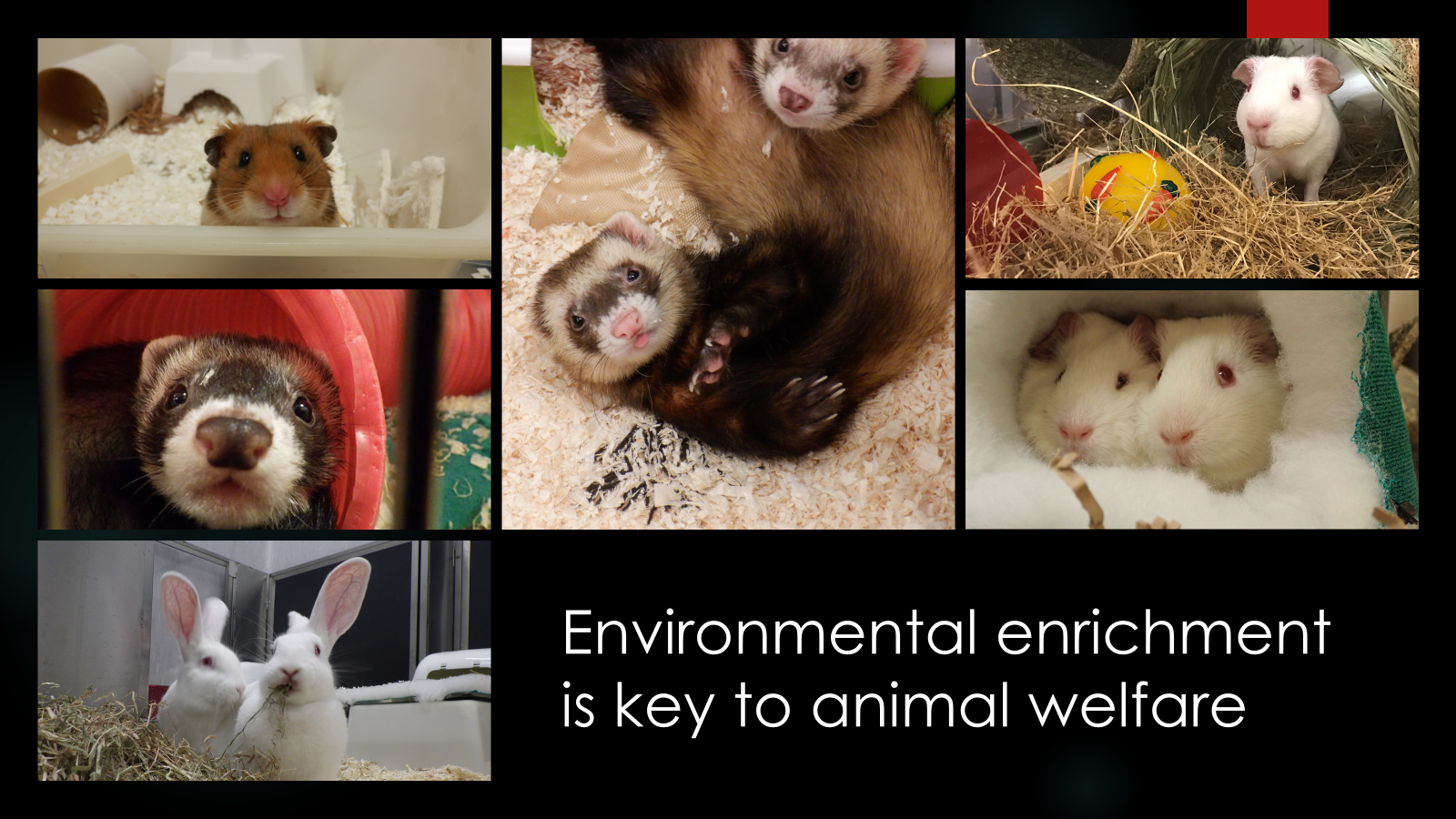
Animal Welfare at UKHSA
One requirement of the Animals (Scientific Procedures) Act 1986 (ASPA) is to have an Animal Welfare and Ethical Review Body (AWERB) to ensure that the use of animals is carefully considered, justified and performed to high standards; all opportunities for reduction, refinement and replacement (the 3Rs) are implemented; and the four commitments of the Understanding Animal Research (UAR) Concordat on Openness are upheld.
The Place Establishment License Holder (PEL) at each site has overall responsibility for the implementation of ASPA and the operation of the AWERB. The three AWERBs function locally but work collaboratively,to share best practice and report quarterly into the UKHSA Science Governance Committee.
Typical Annual Animal Usage Statistics at UKHSA
Across the 3 UKHSA sites (Fig 4) using animals in their research, an average of 3,400 procedures are typically performed on animals per year. This is less than 6% of the number of procedures performed by the top 10 UK organisations carrying out the most animal research, which reported over 60,580 (10th) to 223,787 (1st) procedures on animals in 2023. Click for more information on how UKHSA compares to other UK organisations and how the UK compares to other European nations.
UKHSA Porton, performs the most procedures (70%), followed by UKHSA Chilton (27%) and UKHSA Colindale (3%). The majority of these procedures are performed on mice (47%) followed by guinea pigs (31.5%), hamsters (14%), ferrets (3%), and non-human primates, rabbits, rats and turkeys (4.5% total) (Fig 5). The vast proportion of these animals suffer no, mild or moderate harm. UKHSA Porton performs the most procedures (70%), followed by UKHSA Chilton (27%) and UKHSA Colindale (3%) (Fig 5). Click here for more information on UKHSA animal use for 2023 and previous years.
